 6 months ago
6 months ago
Railroad Signal Tower 133+ at Kingston Station Reconsidered
In the hamlet of Kingston, stands—barely—a twentieth century railroad signal tower, outdated, outmoded, and tumbledown, composting in place, partially hidden by the Route 138 bridge, and mostly unnoticed by those …
Read More
 2 years ago
2 years ago
Saving and Restoring Kingston Station, and a Railfan’s Life: Part II
When I gather with other octogenarian rail enthusiasts in Rhode Island, either in person or online, we always come around to the same topic: the Younger Generation. Invariably, three observations …
Read More
 2 years ago
2 years ago
Saving and Restoring Kingston Station, and a Railfan’s Life: Part I
I don’t know if I was actually conceived on a train, but my mother was carrying me when she went back and forth on a Southern Pacific train between home …
Read More
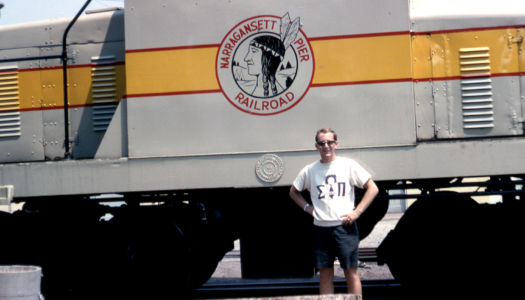 3 years ago
3 years ago
Narraganset Pier Railroad’s Operations in 1964 Described by the Company’s President
In the fall of 1963, I left my native New York City and became an undergraduate freshman at the University of Rhode Island. I chose URI for several reasons. First, …
Read More
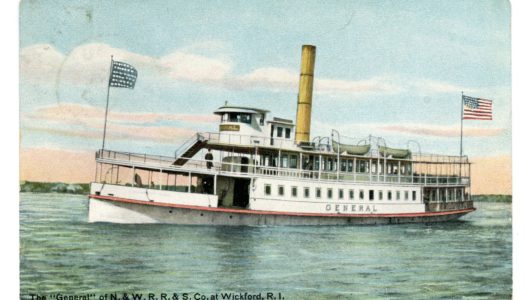 4 years ago
4 years ago
The Newport & Wickford Railroad and Steamship Co., 1870-1963
Before 1830, travelers from Boston to New York rode by stagecoach down the old Post Road, or sailed around stormy Cape Cod, down along the unpredictable waters of Point Judith …
Read More
 6 years ago
6 years ago
The 1902 Streetcar Strike Roils Pawtucket
Rhode Island once had a mass transit system that crisscrossed the state. Workers took horsecars and electric streetcars from their tenements to the mills and factories during the week. On …
Read More
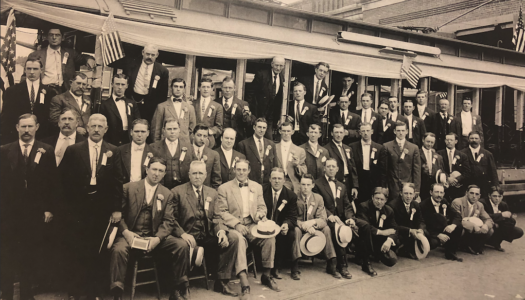 6 years ago
6 years ago
Providence’s First Trolley in 1892
The pioneering Union (Horse) Railroad Company, Rhode Island’s largest mass transit carrier, survived several competitive scares in the late 1880s. The town of Woonsocket had hosted the first regular electric …
Read More
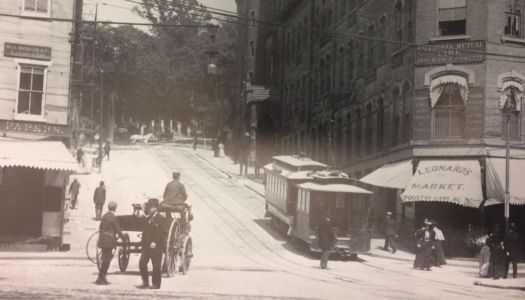 6 years ago
6 years ago
The Providence East Side Cable Tramway Becomes a Reality
Building of the Providence Cable Tramway in 1889 fascinated Rhode Islanders. A power house on South Angell Street, near the Seekonk River, pulled 17,000 feet of cable more than an …
Read More
 6 years ago
6 years ago
The First Rhode Island Electric Trolleys: Woonsocket and Newport
The character and deportment of the Union Railroad’s drivers and conductors won the carrier legions of patrons. The horsecar enterprise, however, was an urban system that operated within a few …
Read More
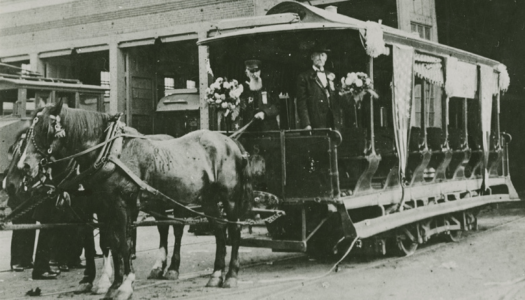 6 years ago
6 years ago
Horsecar Drivers & Customers
Passengers and carmen enjoyed a close, personal rapport during the horsecar period. Despite a company prohibition against “unnecessary conversation with passengers,” both drivers and conductors cultivated a clientele almost like …
Read More




















